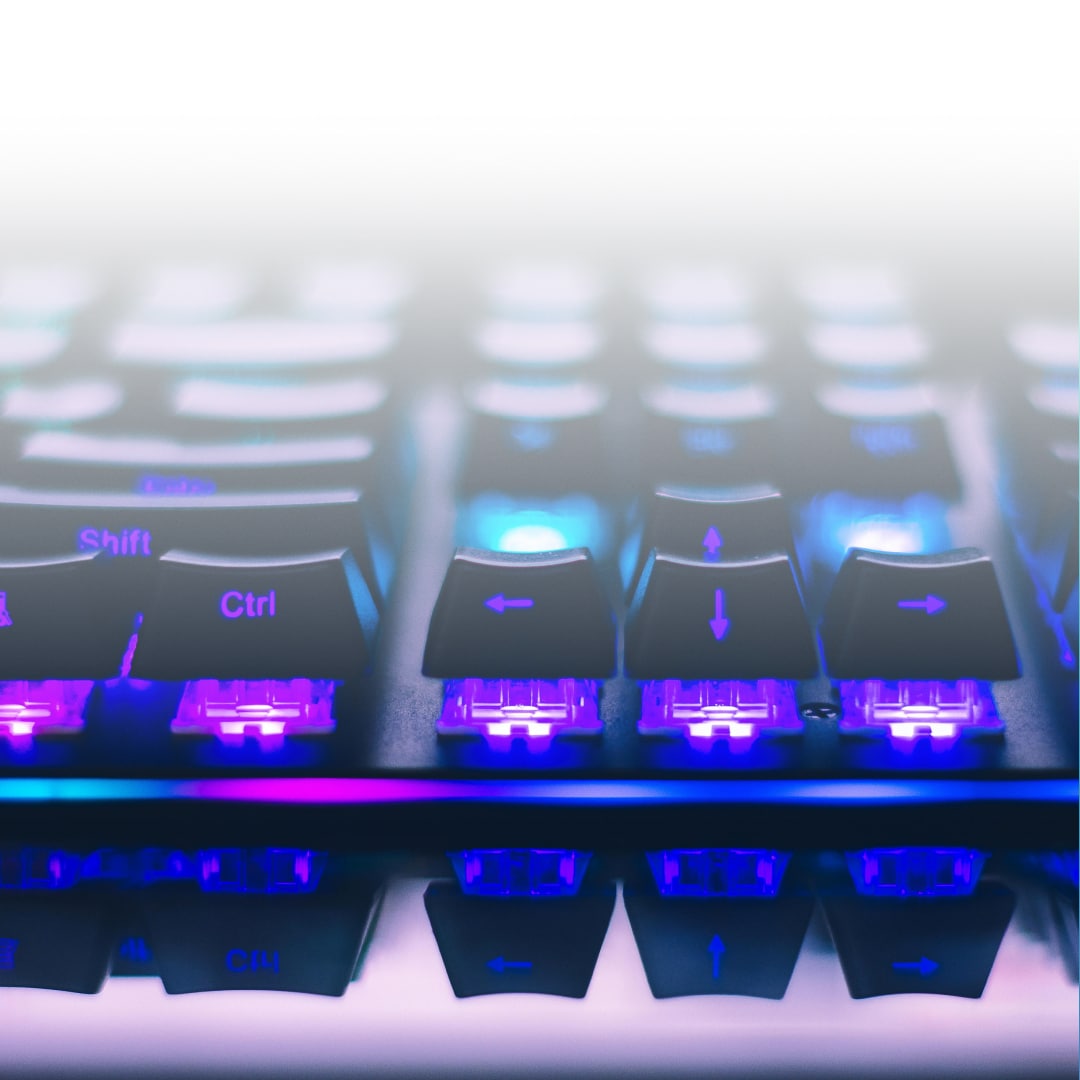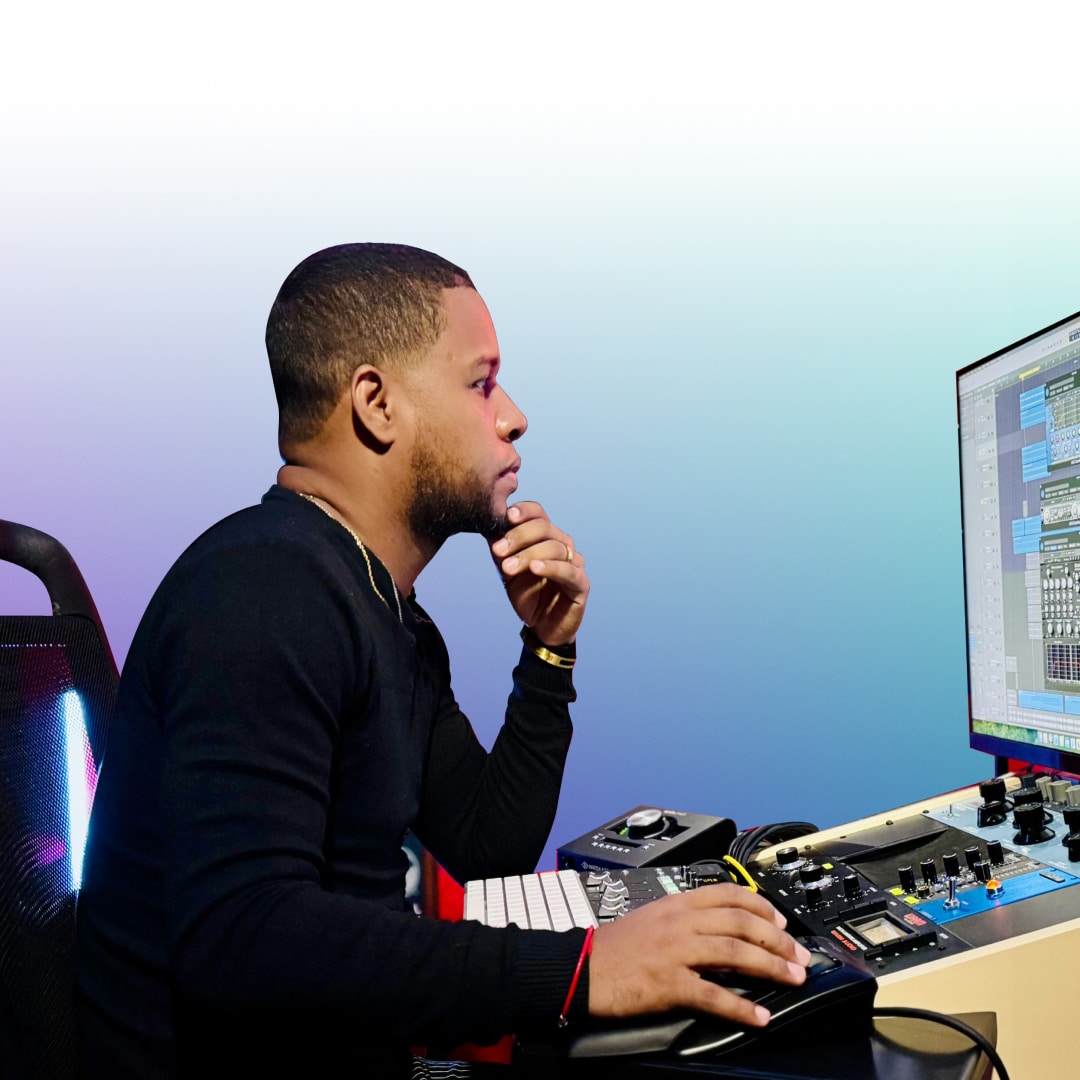Right now, producing music has never been more accessible. If you’ve ever tapped your fingers to a beat or hummed a melody, you’ve already taken the first step towards music production. With the right tools and guidance, you can transform those ideas into full-fledged tracks. This guide is for those eager to dive into the world of music production from the comfort of their homes.
1. Essential Gear for Your Home Studio:
- Laptop or Desktop Computer: This is your primary tool. Ensure it has a decent processor, ample RAM, and enough storage. Both Mac and Windows have their merits, so choose based on your preference and budget.
- Digital Audio Workstation (DAW): This software is where you’ll create, edit, and mix your music. Popular options include Ableton Live, FL Studio, Logic Pro X, and Pro Tools. Many offer free or lite versions to get started.
- Audio Interface: This device connects your instruments and microphones to your computer. Brands like Focusrite and PreSonus offer affordable and quality options.
- Studio Monitors and Headphones: Invest in a good pair of studio monitors and headphones. They provide an accurate representation of your sound, crucial for mixing and mastering.
- Microphone: If you plan to record vocals or acoustic instruments, a quality microphone is essential. The Audio-Technica AT2020 is a great starting point.
- MIDI Controller: While not mandatory, a MIDI keyboard or pad controller can be invaluable for creating beats and melodies.
2. Setting Up Your Workspace:
- Location: Choose a quiet space, free from external noise. Bedrooms can work perfectly.
- Acoustic Treatment: Improve your room’s sound with some basic acoustic panels. They help in reducing reflections and ensuring a clearer sound.
- Ergonomics: Ensure your desk, chair, and equipment are set up ergonomically. Comfort is key for those long production sessions.
3. Learning the Basics:
- Tutorials and Online Courses: Platforms like YouTube, Skillshare, and Coursera offer countless tutorials. Whether it’s mastering your DAW or learning music theory, there’s a resource out there.
- Experiment: The best way to learn is by doing. Play around with your DAW, test out different sounds, and don’t be afraid to make mistakes.
4. Collaborating with Others:
- Networking: Join online music production forums, attend local music events, or participate in online beat battles. Connect with likeminded creatives in the Vampr App. Building relationships is key.
- Online Collaboration Tools: Platforms like Splice or Endlesss allow producers to collaborate in real-time, regardless of location.
- Feedback: Share your tracks with friends, family, or fellow producers. Constructive criticism can help you grow.
5. Tips for Success:
- Stay Consistent: Like any skill, consistency is key. Dedicate time each day or week to hone your craft.
- Backup Your Work: Always have backups of your projects. Cloud storage or external hard drives can be lifesavers.
- Stay Inspired: Listen to different genres, take breaks, and never stop learning.
- Invest in Yourself: As you progress, consider investing in advanced courses, better gear, or even music production workshops.
Embarking on the journey of creating your ideal home recording space is a thrilling endeavor that promises to unlock creativity within the comfort of your own walls. In this Redfin article we’re featured in, we explore tips and insights from different experts to help ensure your home studio is the perfect mix of musical expression and audio excellence. So, whether you’re looking to build your recording space in an apartment in Providence, RI, or your home in Cambridge, MA, buckle up as we craft a home recording space that meets your aspirations.
For more hot tips on starting a career in music, check out or blog here.









